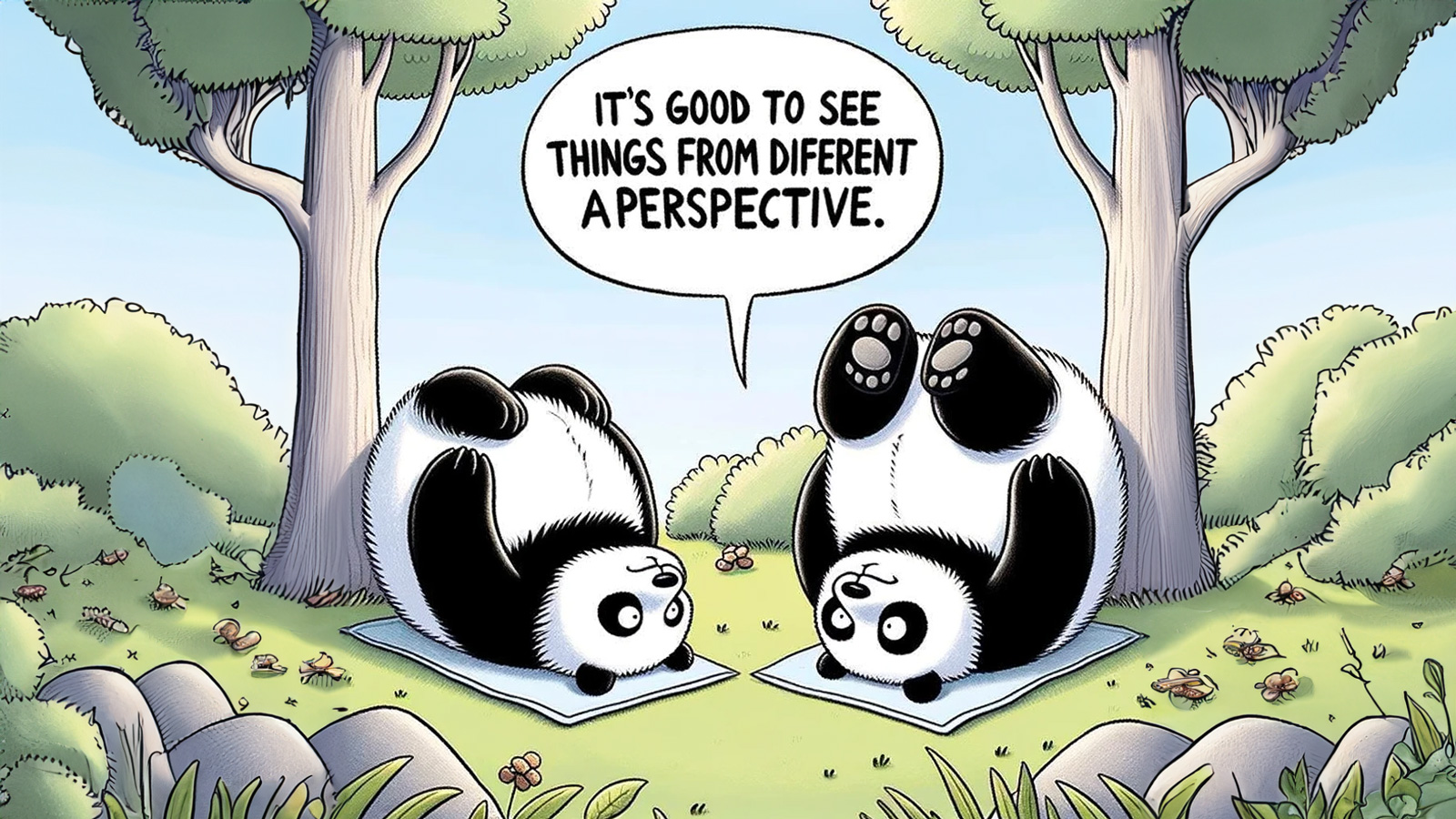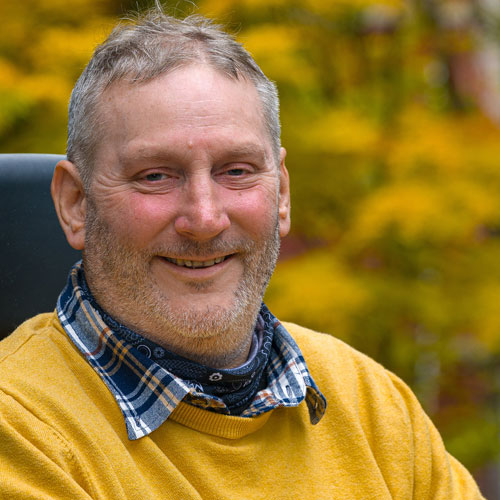Introduction
You know that disorienting feeling when you glimpse your reflection in a window and don’t immediately recognise yourself? For a split second, you’re seeing you from the outside. It’s an off-kilter moment that evaporates as quickly as it arrives. But what if we could hold onto that moment, that fresh perspective, a little longer? This article dives into the liberating, albeit uncomfortable, process of challenging our own perspectives.

The Risk of Fixed Perspectives
Remember that time you couldn’t find your car keys only to realise they were in your hand the entire time? A simple blind spot, right? The truth is, these blind spots don’t just exist in our visual field; they permeate our viewpoints, ideologies, and deeply ingrained beliefs. Holding a fixed perspective is akin to driving through life with a dirty windscreen. Sure, you’ll move, but what might you miss, collide with, or dismiss along the way?
Let’s put it this way: seeing life through a single lens is like watching a 3D film without the glasses. You’re missing the depth, the nuance, the richness. You’re getting a story, sure, but not the full picture. What if you’ve been missing out on whole dimensions of human experience, simply because you didn’t bother to put on those 3D specs?
The Fear of Being Wrong
I get it; admitting you’re wrong feels like eating humble pie sprinkled with shards of your own ego. It’s bloody uncomfortable. But what’s the alternative? Living your life entombed in a cocoon of your own certainties? What’s worse—admitting you’re wrong or never experiencing growth?
Alan Watts once said, “The only way to make sense out of change is to plunge into it, move with it, and join the dance.” Truth isn’t a monolithic, immovable object. It shifts like sand under our feet. By fearing to be wrong, you’re clinging to a snapshot of that sand, convinced it’s the entire beach.
Challenging Our Beliefs: A Mind-Expanding Exercise
Have you ever considered that you might be the villain in someone else’s story? That your truth might be their falsehood? Think of a deeply held belief or viewpoint you have. Now, adopt the stance of someone who believes the complete opposite. Don’t just go through the motions; truly try to understand where they’re coming from. Feels like mental gymnastics, doesn’t it?
Take this a step further. Write down the arguments that support this opposite view. Scary, I know. You might even feel like you’re betraying yourself. But this exercise serves a purpose—it stretches your cognitive muscles, opening up space for empathy and understanding. You might still go back to your original belief, but it will be a choice, not an unexamined habit.
The Freedom in Being Wrong
Richard Rohr once wrote, “The freedom to be wrong creates a space where we can choose to be right.” Let that sink in. By making peace with the possibility of being wrong, we give ourselves the freedom to be right, not out of stubbornness but from genuine understanding and wisdom.
So, the next time you find yourself in a heated debate or feel a knee-jerk reaction brewing within you, take a pause. Remember the 3D glasses and ask yourself: “What if I’m wrong?” It’s not a sign of weakness; it’s an invitation for growth, a dance with life’s ever-changing tides.
A Doorway to Inner Peace
You see, true peace doesn’t come from being right; it comes from being open—open to change, to new perspectives, to the beautiful complexity of life. And guess what? This open-mindedness isn’t just a social skill; it’s a spiritual practice. It’s like what Jack Kornfield often emphasizes, a walk in the land of ‘not knowing’, a pilgrimage without any sacred cows to protect.
What if this openness was the key to the resilience you’ve been searching for? Life will inevitably throw curveballs your way. Being open to seeing things differently isn’t just about enhancing discussions around the dinner table; it’s about creating a mindset that allows you to adapt and find peace, even amid life’s most challenging moments.
Conclusion
So, the next time you see your reflection unexpectedly, pause and look a little longer. Step into the unfamiliar discomfort of seeing things anew. It’s more than an exercise; it’s a choice—a choice to live life in high definition, rich in colour and full of depth.

